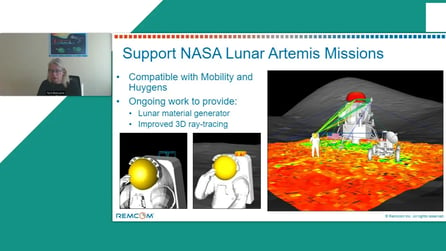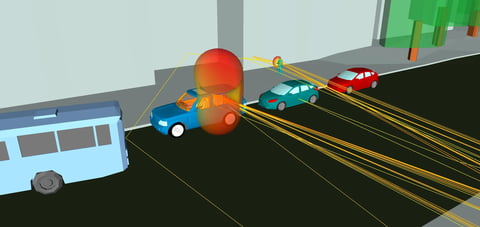LTE and 5G NR Propagation in a Suburban Environment using Wireless InSite 3D Ray Tracing
Penn State University is located in State College, Pennsylvania, a suburban city that contains several LTE sites. This simulation shows the coverage prediction from its existing LTE sites in the downtown area. With the emergence of 5G, Fixed Wireless Access and small cell mobile service can be provided. Using the same LTE sites, 28 GHz 5G NR MIMO base stations can be simulated. To solve the issue of mmWave/5G densification, reflectors or metasurfaces can be modeled to scatter the mmWave signal further.
Also, penetration losses can hinder the use of mmWave in older buildings. Wireless InSite is able to predict and account for proper attenuation through brick, concrete, and glass up to 100 GHz.
-
3D deterministic simulation using advanced ray tracing techniques
-
Surface materials impact reflection and transmission coefficients
-
MIMO channel matrix captured to perform SU-MIMO and MU-MIMO beamforming
-
Outputs include RSSI, LTE, 5G NR capacity and throughput


